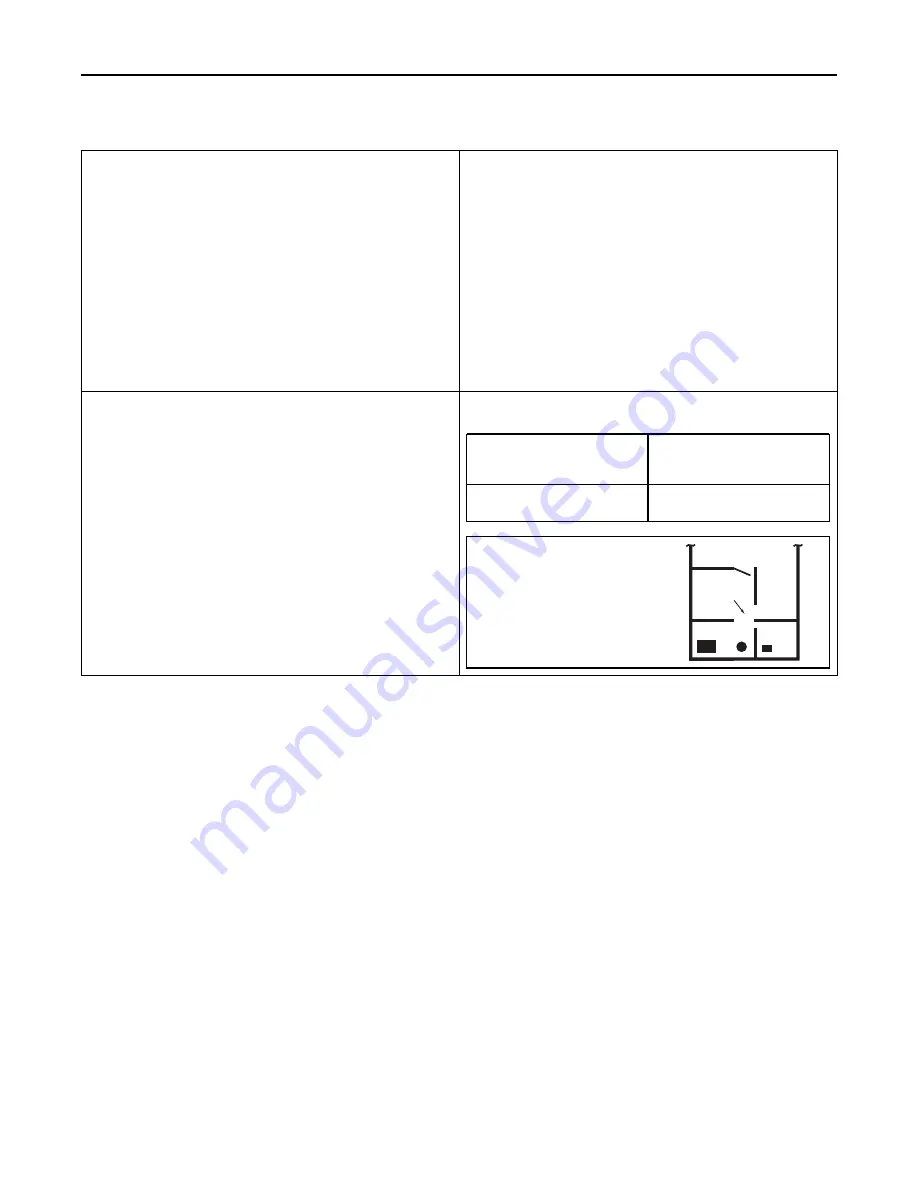
22
18-CE07D1-1C-EN
Air for Combustion and Ventilation
Adequate flow of combustion and ventilating air must not be
obstructed from reaching the Furnace. Air openings provided in the
Furnace casing must be kept free of obstructions which restrict the
flow of air. Airflow restrictions affect the efficiency and safe operation
of the Furnace. Keep this in mind should you choose to remodel or
change the area which contains your Furnace. Furnaces must have a
free flow of air for proper performance.
Provisions for combustion and ventilation air shall be made in
accordance with "latest edition" of Section 9.3, Air for Combustion and
Ventilation, of the National Fuel Gas Code, ANSI Z223.1 / NFPA 54.
Installation Codes, and applicable provisions of the local building
codes. Special conditions created by mechanical exhausting of air and
fireplaces must be considered to avoid unsatisfactory Furnace
operation.
Furnace location may be in an
unconfined
space or a
confined
space.
Unconfined
space are installations with 50 cu. ft. or more per 1000
BTU/hr input from all equipment installed. Unconfined spaces are
defined in the table and illustration for various furnace sizes. These
spaces may have adequate air by infiltration to provide air for
combustion, ventilation, and dilution of flue gases. Buildings with tight
construction (for example, weather stripping, heavily insulated,
caulked, vapor barrier, etc.), may need additional air provided as
described for confined space.
Minimum Area in Square Feet for Unconfined Space Installations
Furnace Maximum BTUH Input
Rating
With 8 Ft. Ceiling,
Minimum Area in Square Feet of
Unconfined Space
60,000
80,000
375
500
NO
DOORS
FURNACE
WATER
HEATER
CLOTHES
DRYER
UNCONFINED
50 CU. FT. OR MORE
PER 1000 BTU/HR INPUT
ALL EQUIP. INSTALLED








































